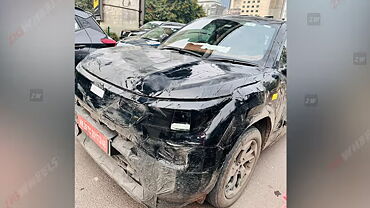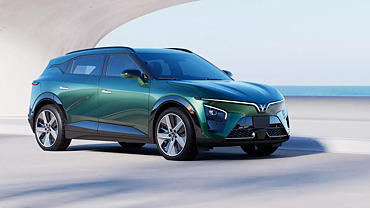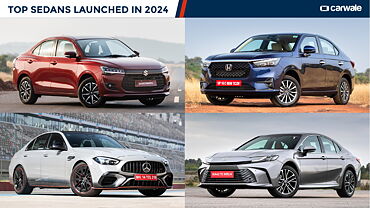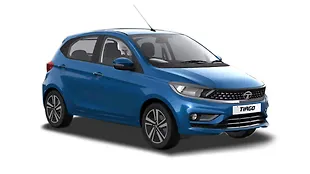
The latest developments indicate that GST might be implemented as scheduled from July onwards. While there is still a little ambiguity about the exact taxation for cars, the picture is a little clearer than before. Since cars have been traditionally classified under luxury items, it might attract the highest GST slab of 28 per cent.
The slabs have not been specified yet and manufacturers have been wanting to push the compact cars (the sub-four metre, less than 1.2-litre petrol and 1.5-litre diesel engine cars) in the 18 per cent slab, the chances seem bleak. Also, in addition to the standard tax slabs, the government has prescribed three slabs for additional cess as well. At 1, 3 and 15 per cent, the slabs will be prescribed on the basis of classification into necessary or luxury items.
For example, the budget cars like the Altos or the Nanos might be classified under the 3 per cent slab while the bigger cars might attract additional cess of 15 per cent. As per the industry estimates, the taxation should range from 31 per cent to 43 per cent as against 26 to almost 50 per cent taxation as per current norms.
This means that the prices of small cars might actually go up by a notch while the bigger cars might actually get a price cut. We should be able to get more clarity closer to the implementation dates. It is said that invalid carriages, cars for the disabled, might be stacked in the 18 per cent slab making cars more affordable for the differently-abled as the current public transport infrastructure is not really disabled-friendly.
The GST rules also back the government’s all-electric target by 2032. Hybrid cars that were used to excise duty sops will now be categorised normally under the 28 per cent slab while electric cars will attract the 12 per cent slab under GST. Also, with no additional cesses to pay, manufacturers will have to ditch their hybrid plans and push for all-electrics.

![Maruti Suzuki Alto 800 [2016-2019] Image Maruti Suzuki Alto 800 [2016-2019] Image](https://imgd.aeplcdn.com/272x153/cw/ec/23445/Maruti-Suzuki-Alto-800-Right-Front-Three-Quarter-72869.jpg?wm=0&q=80)















![Maruti Suzuki Alto 800 [2016-2019] Right Front Three Quarter Maruti Suzuki Alto 800 [2016-2019] Right Front Three Quarter](https://imgd.aeplcdn.com/199x112/cw/ec/23445/Maruti-Suzuki-Alto-800-Right-Front-Three-Quarter-72869.jpg?v=201711021421&q=80)
![Maruti Suzuki Alto 800 [2016-2019] Right Front Three Quarter Maruti Suzuki Alto 800 [2016-2019] Right Front Three Quarter](https://imgd.aeplcdn.com/199x112/cw/ec/23445/Maruti-Suzuki-Alto-800-Right-Front-Three-Quarter-91830.jpg?v=201711021421&q=80)
![Maruti Suzuki Alto 800 [2016-2019] Front View Maruti Suzuki Alto 800 [2016-2019] Front View](https://imgd.aeplcdn.com/199x112/cw/ec/23445/Maruti-Suzuki-Alto-800-Front-view-91828.jpg?v=201711021421&q=80)
![Maruti Suzuki Alto 800 [2016-2019] Interior Maruti Suzuki Alto 800 [2016-2019] Interior](https://imgd.aeplcdn.com/199x112/cw/ec/23445/Maruti-Suzuki-Alto-800-Interior-91847.jpg?v=201711021421&q=80)
![Maruti Suzuki Alto 800 [2016-2019] Interior Maruti Suzuki Alto 800 [2016-2019] Interior](https://imgd.aeplcdn.com/468x263/cw/ec/23445/Maruti-Suzuki-Alto-800-Interior-91837.jpg?v=201711021421&q=80)



























